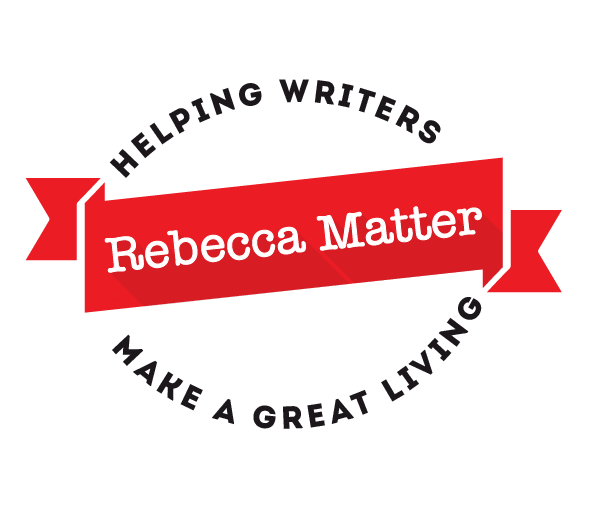How are you at writing articles?
I used to struggle a lot when I first started, but once I learned how to prepare myself before writing, they got a LOT easier.
If you’re not writing articles yet, here are three reasons you may want to consider it:
- They’re an easy way to gain credibility in your field.
- They can drive quality traffic to your website or sales page.
- You can get paid to write them (single articles and on retainer!).
And, to make it easy for you to get started, I’m going to share with you a process I go through every time I sit down to write one.
To illustrate, I’ll use an article I wrote late last year on offering packages to upsell clients. You can access the complete article here.
Before we get started, you need to realize that writing good editorial is a lot like writing good direct-response copy.
Don’t get me wrong; every article you write doesn’t have to sell something. But, it should provoke a useful thought or feeling in your reader — one that you’ve intended the reader to feel.
Which takes us to the steps in this process …
1. Define the specific thought, feeling, or action you want to stimulate in the reader.
Just like you do when writing good direct-response copy, you want to think about the purpose of your article. Do you want the reader to feel inspired? Consider changing his career? Visit a website or buy something?
Right up front, you need to know where this article is headed. And then ensure that every word written supports that intention.
In the package deal example, I wanted the reader to think about how they could package their skills to make more money from each client they worked with, and think about what skills they would like to learn in order to create even more valuable packages in the future.
2. Outline how the article will help the reader.
This step is similar to defining the benefits of the product or service you’re selling in a sales letter. It’s critical, because along with helping you write the article, the list of benefits will reveal if the article is even worthwhile to write!
How many benefits?
A good rule of thumb is to try and name at least six. Of course you can do more, but if you have trouble naming six benefits, the article probably needs to be rethought.
Going back to my package example, here are the benefits I outlined for the reader:
- Have confidence when upselling.
- Make more money from each client.
- Get ideas for different types of packages he can offer.
- Build revenue at a faster pace.
- Make money with fewer clients.
- Become more valuable to his client.
- Make more money in less time.
- Showcase his other services, with little risk on his part.
One tip worth noting here: You can mention all of the benefits in the article, but pick one to start the article with, and then end with the same one.
(If you’ve taken AWAI’s Six-Figure Copywriting Program, you should be seeing the similarities by now, and can expect to get really good at writing articles fast!)
3. Include useful instruction on your topic.
The next step in this process has you identifying some sort of instruction you can give your reader. Just like with a sales letter, you want to engage him, and useful instruction will ensure that happens.
In my package deals article, I show the reader how to put together, price, and pitch three different types of packages to their clients. The examples I give engage the reader by making him think about which of the packages he can already offer, and which ones he could offer once he acquires more skills.
Now, this doesn’t mean that every article needs to be a “how-to.” The instruction could just be as simple as explaining how a marketing process works, or providing examples of what others do when faced with a similar situation.
4. Identify how your reader will identify with the article.
As much as you want to engage your reader, you also want him to identify himself as someone who will benefit from the advice or instructions given in your article.
In my article, the reader identifies with the piece by thinking about the next time he prices an assignment …
All he has to do is get his foot in the door with a client, and then follow my instructions for offering a package. He can actually see it happening to him.
5. Answer the questions your reader will have.
This final step is not only a critical part of good editorial, but when done in advance, it will help you write your article a lot faster.
Simply outline frequently asked questions on the topic, and then make sure you answer them in your article.
Before writing my package deal article, I identified two questions that my reader could possibly ask:
- Will I risk losing the project if I try this?
- What if the client says no?
Then, when I sat down to write the article, I made sure they were both answered to put the reader’s mind at ease, and not leave him hanging.
Closing thoughts …
The next time you sit down to write an article, create yourself a worksheet following this process and fill in the details before you actually start writing. I guarantee you’ll write the article faster, and your copy will be a lot stronger. Strong enough to get published!

Rebecca Article and info right on target at usual. Thanks everso much.